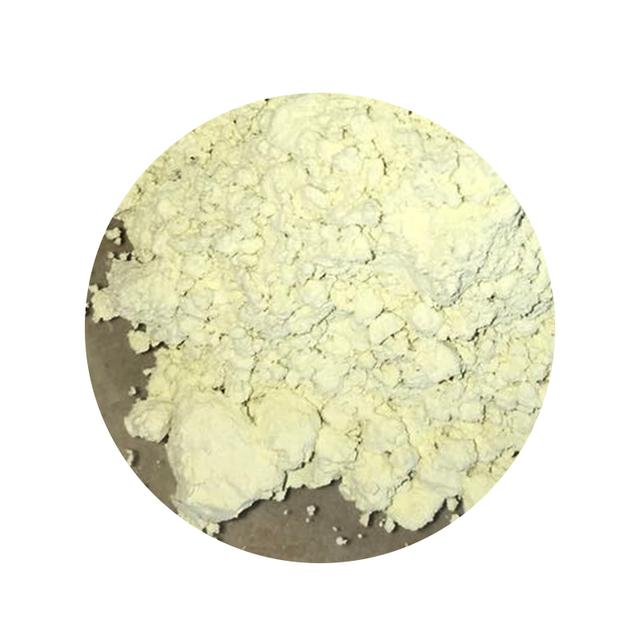The cement industry is a significant contributor to the global economy, and its growth is driven by various factors such as urbanization, infrastructure development, and the need for sustainable construction materials. One of the essential components in cement production is zinc oxide, which plays a crucial role in improving the strength, durability, and fire resistance of cement.the industrial uses of zinc oxide and its calcined products in the cement industry, their differences, and the factors that influence their prices.
Zinc oxide is a white, crystalline powder that is widely used in various industries due to its unique properties. In the cement industry, zinc oxide is primarily used as a supplementary cementing material (SCM) to improve the performance of concrete. It acts as a fine-grained filler, reducing the porosity of concrete and enhancing its strength and durability. Zinc oxide also has excellent fire resistance properties, making it an ideal additive for high-rise buildings and other structures that require enhanced fire safety.
Calcined zinc oxide products are derived from the thermal decomposition of zinc oxide at high temperatures. The process involves heating zinc oxide to a specific temperature range, typically between 800°C and 1200°C, under controlled conditions. The resulting calcined zinc oxide products have different chemical and physical properties compared to raw zinc oxide, making them suitable for specific applications in the cement industry.
One of the primary calcined zinc oxide products used in the cement industry is zinc oxide trihydrate (ZnO(OH)3). ZnO(OH)3 is obtained by heating zinc oxide at a temperature of around 800°C. It has a higher reactivity than raw zinc oxide and can react with calcium hydroxide in cement paste to form additional compounds that enhance the strength and durability of concrete. ZnO(OH)3 is commonly used in high-performance concrete applications, such as marine structures and tunnels.
Another calcined zinc oxide product used in the cement industry is zinc oxide hemihydrate (ZnO(OH)·H2O). ZnO(OH)·H2O is formed by heating zinc oxide at a temperature of around 1200°C. It has a lower reactivity than ZnO(OH)3 but is still effective in improving the strength and durability of concrete. ZnO(OH)·H2O is commonly used in ordinary Portland cement (OPC) blends and can be added to both fresh and hardened concrete.

The price of zinc oxide and its calcined products for cement can vary significantly depending on several factors, including the quality of the raw materials, the manufacturing process, and market demand. Generally, calcined zinc oxide products are more expensive than raw zinc oxide due to their higher purity and improved reactivity. The price of zinc oxide can also be influenced by factors such as fluctuations in the global zinc market, transportation costs, and currency exchange rates.
zinc oxide and its calcined products play a vital role in improving the performance of concrete in the cement industry. They enhance the strength, durability, and fire resistance of concrete, making them suitable for various applications such as high-rise buildings, bridges, tunnels, and marine structures. The choice between raw zinc oxide and its calcined products depends on specific application requirements and cost considerations. As the demand for sustainable and high-performance concrete continues to grow, the use of zinc oxide and its calcined products in the cement industry is expected to increase further.